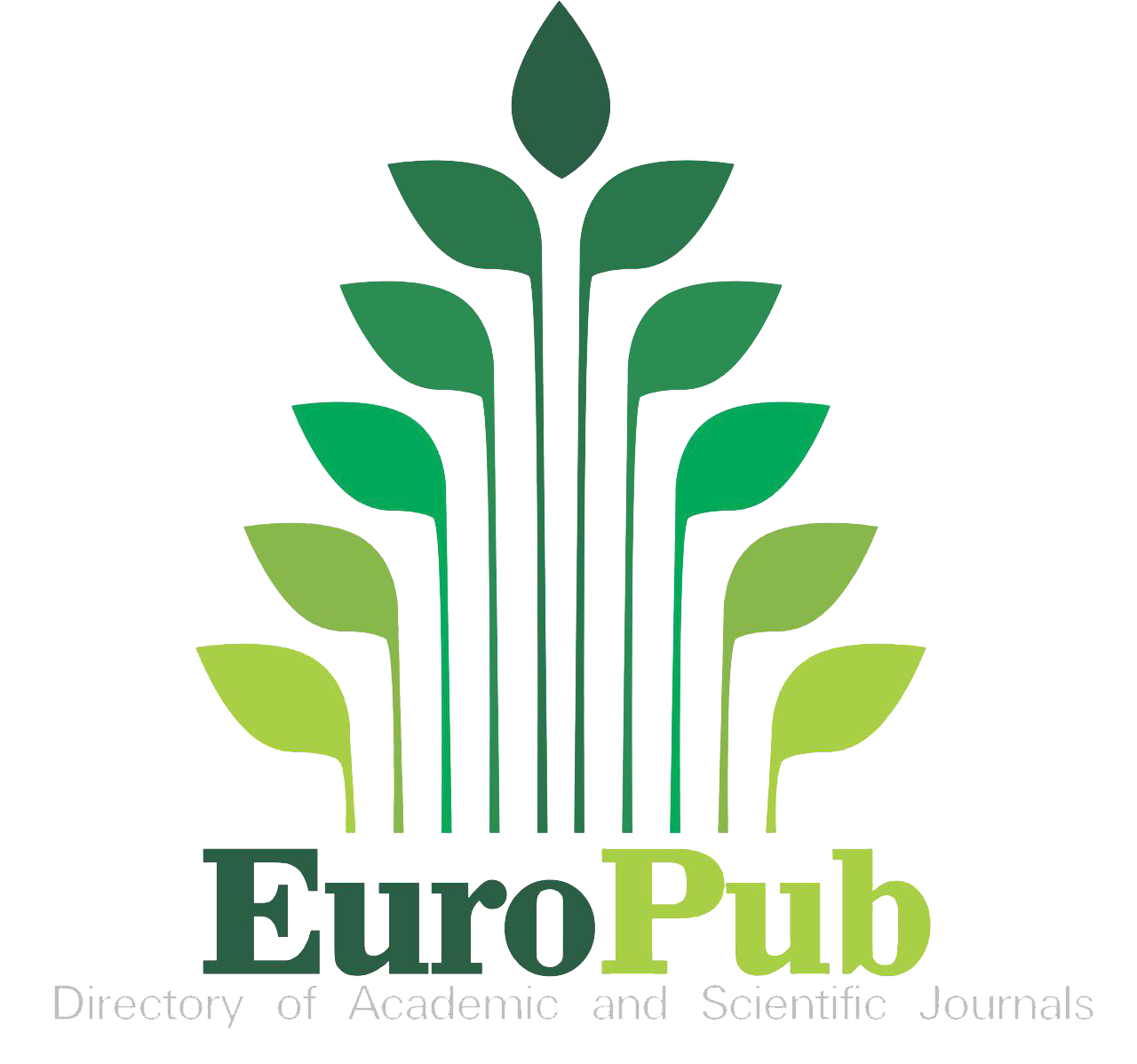OKURYAZARLIK ÖĞRETİMİNDE TEKNOLOJİ ENTEGRASYONUNUN İÇSEL ENGELLERİ: ÖĞRETMENLERİN KARŞILAŞTIĞI ZORLUKLAR
OKURYAZARLIK ÖĞRETİMİNDE TEKNOLOJİ ENTEGRASYONUNUN İÇSEL ENGELLERİ: ÖĞRETMENLERİN KARŞILAŞTIĞI ZORLUKLAR
DOI:
https://doi.org/10.5281/zenodo.10928555Anahtar Kelimeler:
Literacy Education, Technology Integration, Internal ChallengesÖzet
Teknolojinin eğitim alanında son dönemlerde büyük bir etkisi görülmektedir. Geleneksel okuma ve yazma becerilerinin yanı sıra, artık dijital beceriler ve teknolojik bilgi de eğitimin temel unsurları arasında yer alıyor. Teknolojinin bu denli önem kazanmasıyla, okulların teknolojiyi entegre etme sürecinde karşılaştıkları zorlukların yanı sıra, özellikle ilkokullarda okuma yazma dersleri gibi temel derslerde teknoloji kullanımı sırasında öğretmenlerin yaşadıkları zorluklar da dikkate alınmalıdır. Bu makale, ilkokul öğretmenlerinin, okuma ve yazma derslerine teknolojiyi dahil ederken karşılaştıkları iç zorlukları derinlemesine incelemektedir. İnceleme, 1999 ile 2020 yılları arasında yapılan empirik çalışmaları temel alarak, teknoloji entegrasyonunun karşılaşılan içsel zorlukları üzerine yoğunlaşmaktadır. Araştırma Amerika Birleşik Devletleri başta olmak üzere çeşitli ülkelerde gerçekleştirilen çalışmalardan oluşmakta, "okuryazarlık", "içsel zorluklar" ve "teknolojiye dair inançlar" gibi anahtar terimlerin farklı kombinasyonları Google Akademik ve ERIC veri tabanlarında aranmıştır. Ayrıca, "kartopu" yöntemi ile ek çalışmalar taranmış ve seçilen makalelerdeki referanslar gözden geçirilmiştir. Elde edilen bulgular, teknolojinin eğitime entegrasyonunda öğretmenlerin tutumları, bilgi ve becerileri, ve zaman yönetiminin kritik öneme sahip olduğunu göstermektedir. Bu bulgular ışığında, ilkokul öğretmenlerinin okuma ve yazma derslerinde teknoloji kullanımı konusunda nasıl daha etkili olabileceklerine dair hizmet içi eğitimler ve çalıştaylar düzenlenmesi önerilmektedir.
Referanslar
Bebell, D., Russell, M., & O’Dwyer, L. (2004). Measuring teachers’ technology uses: Why multiple-measures are more revealing. Journal of Research on technology in education, 37(1), 45-63.
Belland, B. R. (2009). Using the theory of habitus to move beyond the study of barriers to technology integration. Computers & education, 52(2), 353-364.
Christ, T., Arya, P., & Liu, Y. (2019). Technology integration in literacy lessons: Challenges and successes. Literacy Research and Instruction, 58(1), 49-66.
Ertmer, P. A. (1999). Addressing first-and second-order barriers to change: Strategies for technology integration. Educational technology research and development, 47(4), 47-61.
Ertmer, P.A., Ottenbreit-Leftwich, A., Sadik, O., Sendurur, E., & Sendurur, P. (2012).Teacher beliefs and technology integration practices: A critical relationship. Computers & Education, 59, 423-435.
Georgiou, D., Trikoili, A., & Kester, L. (2023). Rethinking determinants of primary school teachers’ technology acceptance during the COVID-19 pandemic. Computers and Education Open, 4, 100145.
Gray, L., Thomas, N., & Lewis, L. (2010). Teachers' Use of Educational Technology in US Public Schools: 2009. First Look. NCES 2010-040. National Center for Education Statistics.
Hew, K. F., & Brush, T. (2007). Integrating technology into K-12 teaching and learning: Current knowledge gaps and recommendations for future research. Educational technology research and development, 55(3), 223-252.
Hutchison, A. C., & Woodward, L. (2018). Examining the technology integration planning cycle model of professional development to support teachers’ instructional practices. Teachers College Record, 120(10), 1-44.
International Reading Association. (2009). New literacies and 21st-century technologies: A position statement of the International Reading Association. Newark, DE: Author.
Johnson, A. M., Jacovina, M. E., Russell, D. G., & Soto, C. M. (2016). Challenges and solutions when using technologies in the classroom. In Adaptive educational technologies for literacy instruction (pp. 13-30). Routledge.
Karchmer-Klein, R., Boulden, L., & McDonald, M. (2022). Next-Level Digital Tools and Teaching: Solving Six Major Instructional Challenges, K–12. Teachers College Press.
Kern, D., Bean, R. M., Swan Dagen, A., DeVries, B., Dodge, A., Goatley, V., ... & Walker-Dalhouse, D. (2018). Preparing reading/literacy specialists to meet changes and challenges: International Literacy Association’s Standards 2017. Literacy Research and Instruction, 57(3), 209-231.
Kopcha, T. J. (2012). Teachers' perceptions of the barriers to technology integration and practices with technology under situated professional development. Computers & Education, 59(4), 1109-1121.
Lim, C. P., & Khine, M. (2006). Managing teachers’ barriers to ICT integration in Singapore schools. Journal of technology and Teacher Education, 14(1), 97-125.
Lisenbee, P., Pilgrim, J., & Vasinda, S. (2020). Integrating technology in literacy instruction: Models and frameworks for all learners. Routledge.
López-Pérez, V. A., Ramírez-Correa, P. E., & Grandon, E. E. (2019). Innovativeness and factors that affect the information technology adoption in the classroom by primary teachers in Chile. Informatics in Education, 18(1), 165-181.
Mark, V. A., & Emmanuel, A. N. (2019). Challenges facing information and communication technology implementation at the primary schools. Educational Research and Reviews, 14(13), 484-492.
McGee, K. E., & Welsch, J. G. (2020). Using Technology to Build Interactions Within and Beyond the Literacy Classroom. In Handbook of Research on Integrating Digital Technology With Literacy Pedagogies (pp. 260-286). IGI Global.
Mogwe, A. W., & Balotlegi, P. A. (2020). Barriers of Information Communication Technology (ICT) Adoption in Botswana's Primary Education. Journal of Education and Learning (EduLearn), 14(2), 217-226.
Pajares, M. F. (1992). Teachers’ beliefs and educational research: Cleaning up a messy construct. Review of educational research, 62(3), 307-332.
Pappa, C. I., Georgiou, D., & Pittich, D. (2023). Technology education in primary schools: addressing teachers’ perceptions, perceived barriers, and needs. International Journal of Technology and Design Education, 1-19.
Picton, I. (2019). Teachers' Use of Technology to Support Literacy in 2018. A National Literacy Trust Research Report. National Literacy Trust.
Polly, D., Mims, C., Shepherd, C. E., & Inan, F. (2010). Evidence of impact: Transforming teacher education with preparing tomorrow's teachers to teach with technology (PT3) grants. Teaching and teacher education, 26(4), 863-870.
Rafi, M., JianMing, Z., & Ahmad, K. (2019). Technology integration for students’ information and digital literacy education in academic libraries. Information Discovery and Delivery, 47(4), 203-217.
Russell, M., Bebell, D., O'Dwyer, L., & O'Connor, K. (2003). Examining teacher technology use: Implications for preservice and inservice teacher preparation. Journal of teacher Education, 54(4), 297-310.
Tondeur, J., Van Braak, J., Ertmer, P. A., & Ottenbreit-Leftwich, A. (2017). Understanding the relationship between teachers’ pedagogical beliefs and technology use in education: a systematic review of qualitative evidence. Educational technology research and development, 65(3), 555-575.
Yuniasih, N., & Haryanti, Y. D. (2022). Learning Technology in Elementary School. AL-ISHLAH: Jurnal Pendidikan, 14(4), 6739-6744.
Zhao, Y., Pugh, K., Sheldon, S., & Byers, J. L. (2002). Conditions for classroom technology innovations. Teachers college record, 104(3), 482-515.
İndir
Yayınlanmış
Nasıl Atıf Yapılır
Sayı
Bölüm
Lisans
Telif Hakkı (c) 2024 Ibrahim Kizil, Fatima Seyma Kizil

Bu çalışma Creative Commons Attribution 4.0 International License ile lisanslanmıştır.






